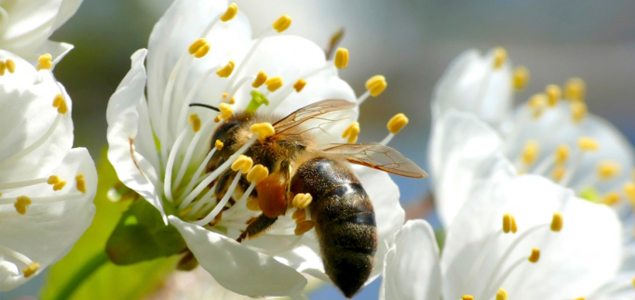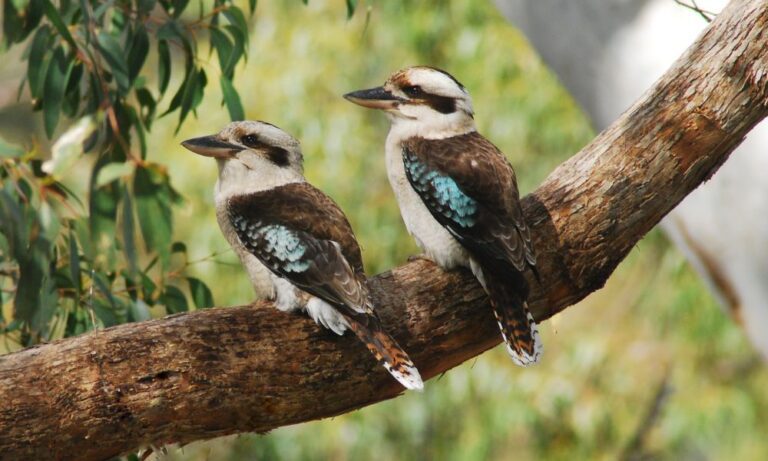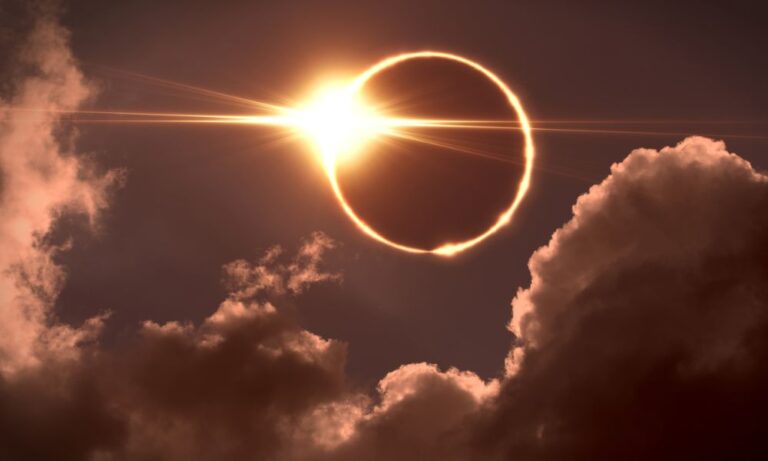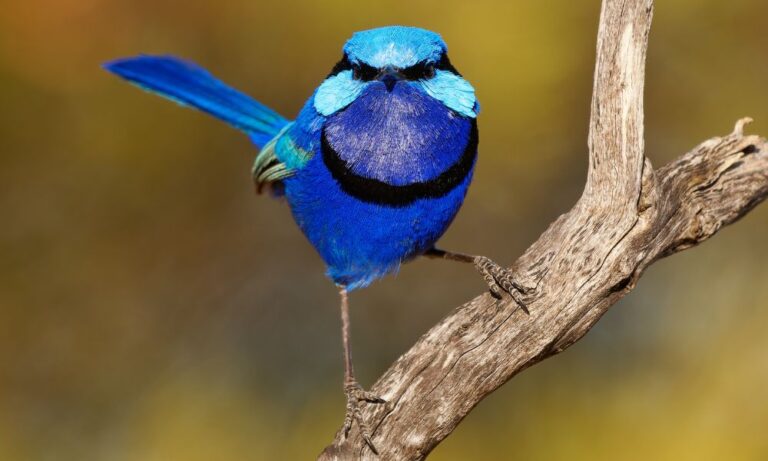Bees pollinate almost one-third of everything we eat. But, unfortunately, when it comes to the bees’ own food supply – plants for them to pollinate – there isn’t much on the menu. A lack of food also compromises bee’s natural resistance to common pests and diseases.
Coupled with the threat of pesticides, bees need our help. As spring approaches, we can all do our bit to boost the nutritional forage for bees. One of the best things to do is plant plenty of bee-friendly, nectar and pollen-producing plants. Here are a few to look out for:
HERBS: Basil, sage, oregano, rocket, garlic chives, coriander, spearmint, rosemary and echinacea.
FLOWERS: Cornflower, sunflower, lavender, forget-me-nots, nasturtiums, poppy, geraniums, daisy, bluebell, salvia and marigolds. Bees love blue, yellow or purple flowers – try using several colours together, this will also attract butterflies.
VEGETABLES: Pumpkin, squash, zucchinis, citrus, apple, kiwifruit, grapefruit, plum and peach trees. Avoid using bee-harming pesticides and make sure there is plenty of fresh, pesticide-free water available for bees.
TREES & SHRUBS: Gum tree, bottlebrush, camellia, jasmine, wisteria, and sycamore. Where possible try planting local or native plants to the area.
What have you planted in your garden to attract local wildlife?







